The Planetarian Diet: Eating to heal the Earth and ourselves
- Regenerative Agriculture
- Sustainable Rangelands
- Planetarian Diet
- Bioregional Sourcing
- Meat-free Proteins
- Meal Planning
- Education & Culture
The world is at a critical juncture where the food we consume not only affects our health but also determines the health of our planet. Our current dietary habits, laden with meat-heavy meals and staggering food waste, have become a recipe for disaster.
How does our diet contribute to climate change?
According to the EAT-Lancet Commission, a scientific initiative tasked with defining targets for sustainable food production, global food production—especially factory-farmed red meat— is one of the most significant drivers of environmental degradation, climate instability, and biodiversity loss.
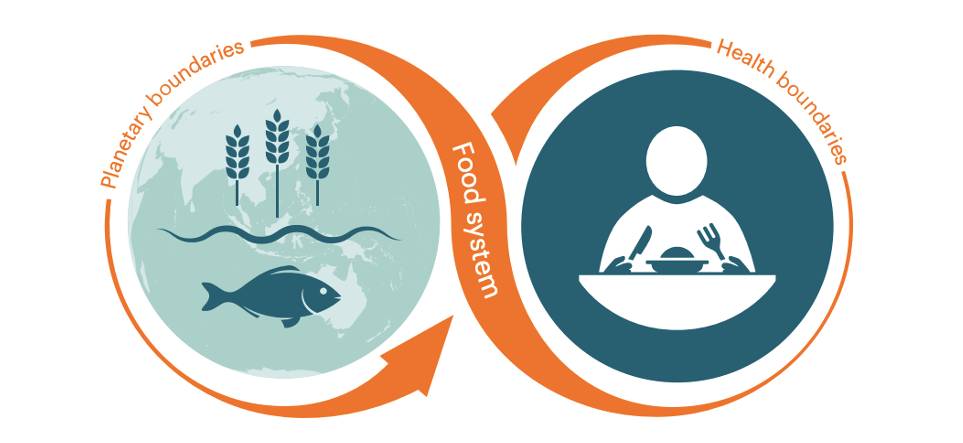
An integrated agenda for food in the Anthropocene recognizes that food forms an inextricable link between human health and environmental sustainability. The global food system must operate within boundaries for human health and food production to ensure healthy diets from sustainable food systems for nearly 10 billion people by 2050. Image credit: Courtesy of EAT-Lancet Commission Food, Planet, and Health Report.
In addition to driving us past our planetary boundaries, our modern food system is fueling several forms of preventable malnutrition that are increasing pressure on global population health. Unhealthy diets that are heavy in red and processed meats, particularly in affluent Western societies where food is plentiful, and overconsumption is commonplace, are a leading risk factor for diseases such as diabetes, heart disease, and cancer.
Conversely, in many poorer or conflict-stricken regions, food scarcity remains a grim reality, with starvation being a persistent problem. In both scenarios, malnutrition is a common thread - either through consuming too many nutrient-poor, calorie-rich foods or through not having enough food at all.
It appears that what is bad for our bodies is also bad for the planet, and a shift towards plant-based and plant-centered diets can improve our overall health while significantly reducing our environmental impacts.
There are many specialized communities focused on a growing array of sustainable and healthy food practices -- from vegans and vegetarians, gluten and soy-free advocates, paleo dieters, and pescatarians; to slow food enthusiasts, organic lifestyle connoisseurs, Indigenous chefs, and farm-to-table entrepreneurs.
.jpg)
Unfortunately, these communities have a tendency to become exclusionary. The prolific spread of diet trends and food faddism has created some confusion as to what it means to eat sustainably. Omnivores, who represent 95% of the population, are largely turned off by strident attitudes within these communities and the stringent nature of their diets.
The majority of people, especially those under 40, are looking for a comprehensive approach to eating right for the planet. They’re searching for a framework that offers results supported by science yet remains flexible enough to accommodate various culinary predilections.
We need an approach that feels familiar and accessible, allowing anyone to participate while planting the seeds for a paradigm shift in eating habits -- a shift that aligns with the urgent need to transform the global food system to meet the ambitious 1.5°C target of the Paris Climate Agreement.
A nourishing solution for people and the planet
The EAT-Lancet Commission Food, Planet, and Health Report provided for the first time what a weekly allotment of groceries might look like if we were to sustainably provide nutritious food for everyone on the planet.
As part of the report, the Commission presented a global reference diet designed for the health of people and the Earth. The flexible diet emphasizes plant-based foods like fruits, vegetables, whole grains, nuts, and legumes and allows for adaptation to dietary needs, personal preferences, and cultural traditions.
While there was some pushback against the report for having too much of a Global North perspective on menu planning, subsequent work by the Commission has expanded into a broader set of options and approaches. For those of us living in relatively wealthy Global North countries, the basic recommendations give us a great starting point for the ideal intake per person across a variety of food types:
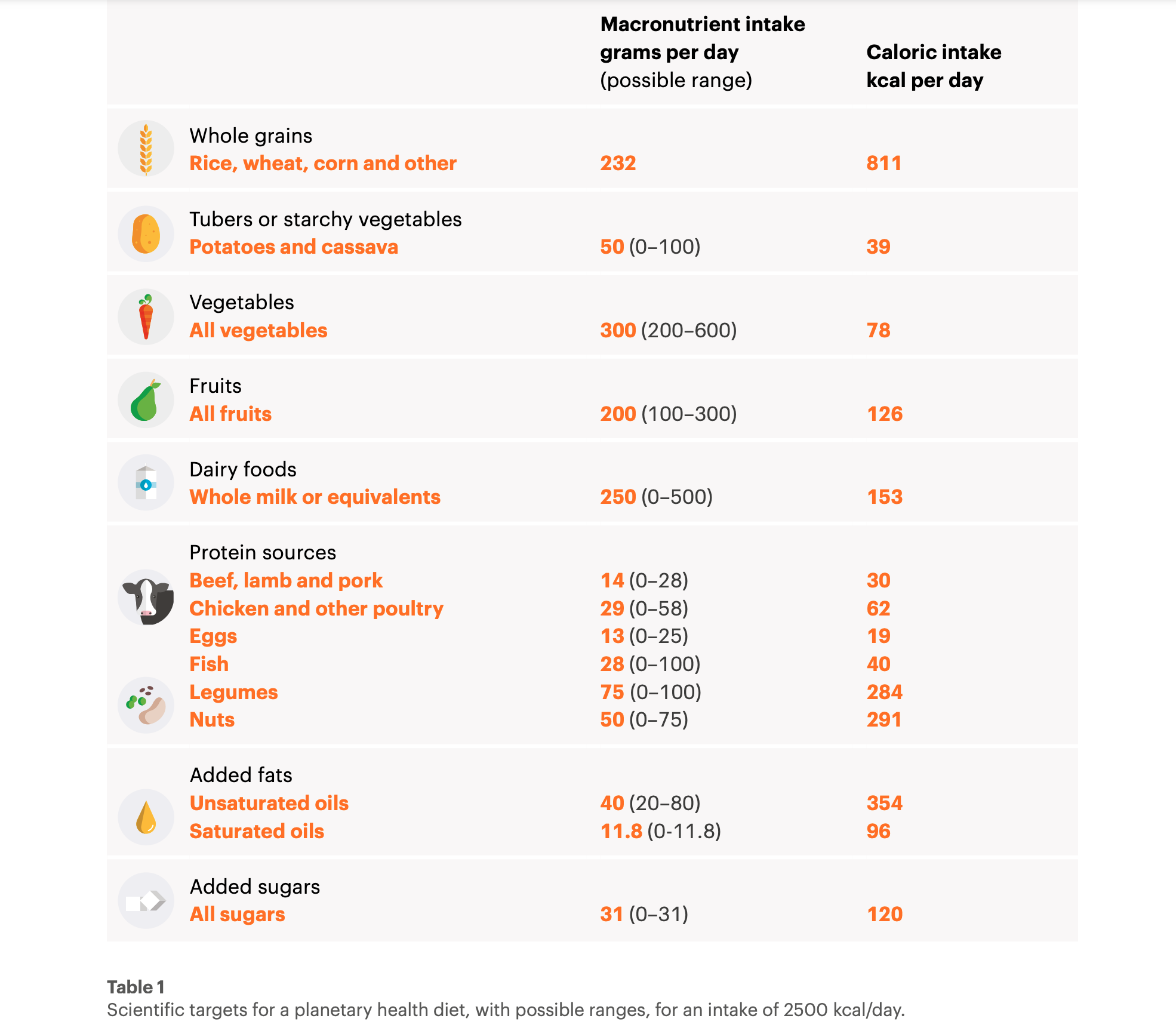
Image credit: Courtesy of the EAT-Lancet Commission Food, Planet, and Health Report.
Building on this framework, One Earth has stepped up to answer the question, "How can we eat right, for ourselves, for nature, and for the climate?" We have developed a unique dietary approach that is simple, effective, and can help you cut your carbon foodprint by up to two-thirds.
Introducing the Planetarian Diet.
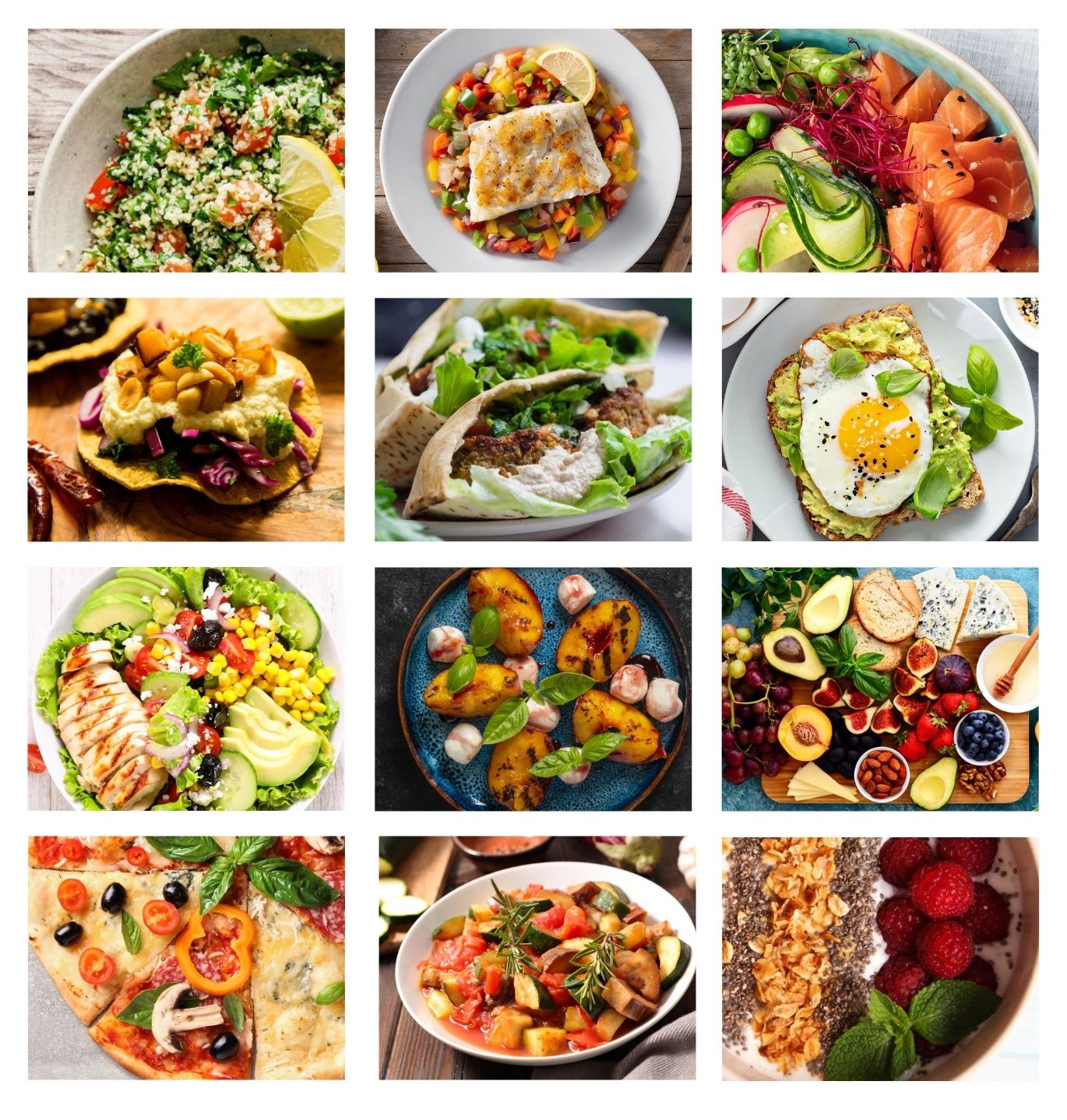
What is the Planetarian Diet?
The Planetarian Diet, recommended by One Earth, is a climate-conscious, flexible dietary approach. It builds on the Eat-Lancet Commission's guidelines, incorporating ways to decrease meat consumption while promoting weekly menu planning to reduce food waste and embracing bioregional sourcing to help reconnect us to our local food systems.
Unlike the strict standards of many dietary fads, the Planetarian Diet functions more as a gentle guide. This approach seeks to reconnect us with our relationship with food, align our dietary choices with the health of our planet, and move us closer to the regenerative transformation of our food systems.
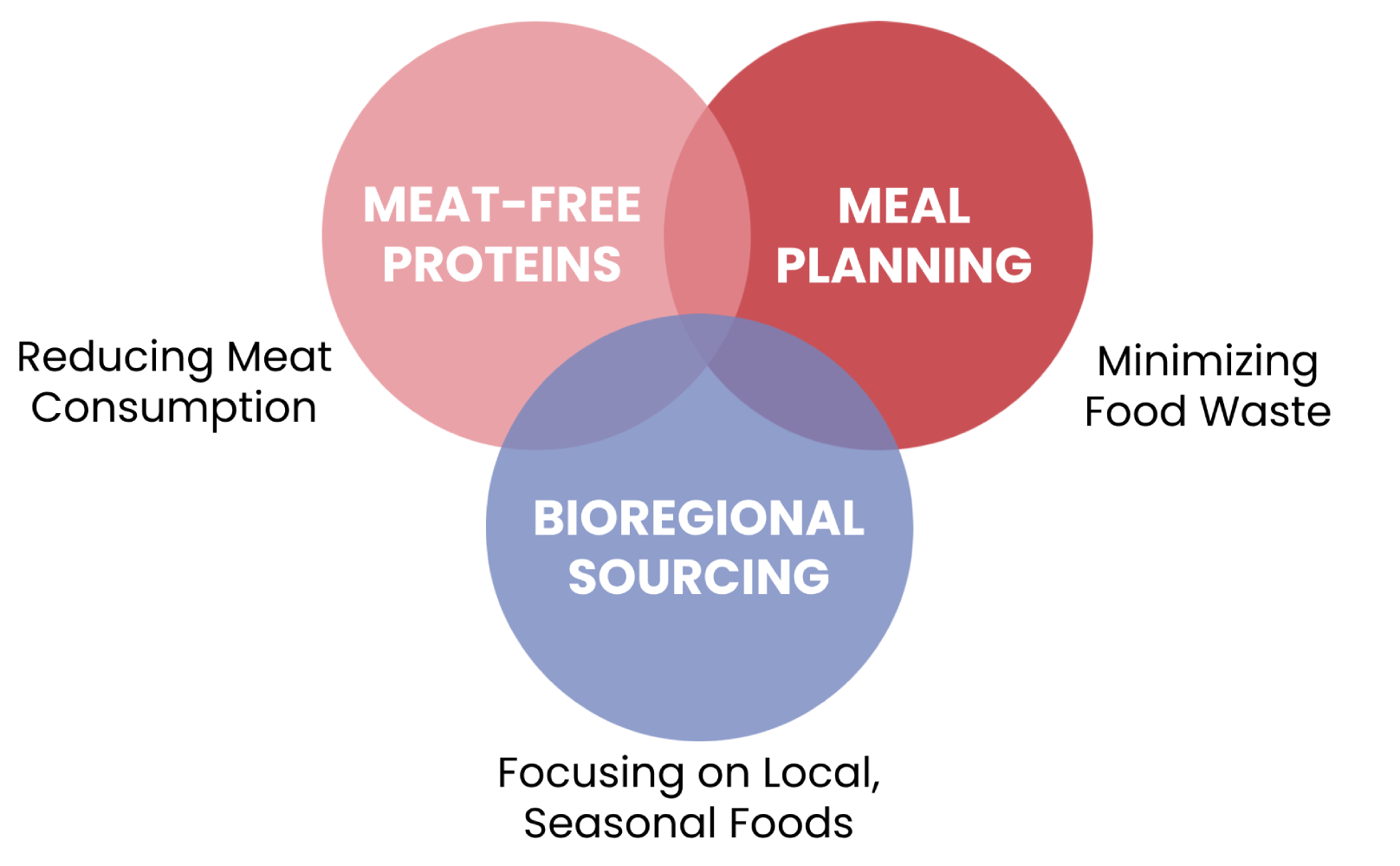
Three key components of the Planetarian Diet
The Planetarian Diet utilizes three solution pathways from the One Earth Solutions Framework to enhance the EAT-Lancet recommendations. By replacing a significant amount of meat intake with meat-free proteins, adopting weekly meal planning to reduce waste, and practicing bioregional sourcing to prefer locally sourced and seasonal foods, the Planetarian Diet provides a practical, flexible, and science-backed pathway towards a rebalanced climate and sustainable future.
Let's dive into each of the three components in more detail.
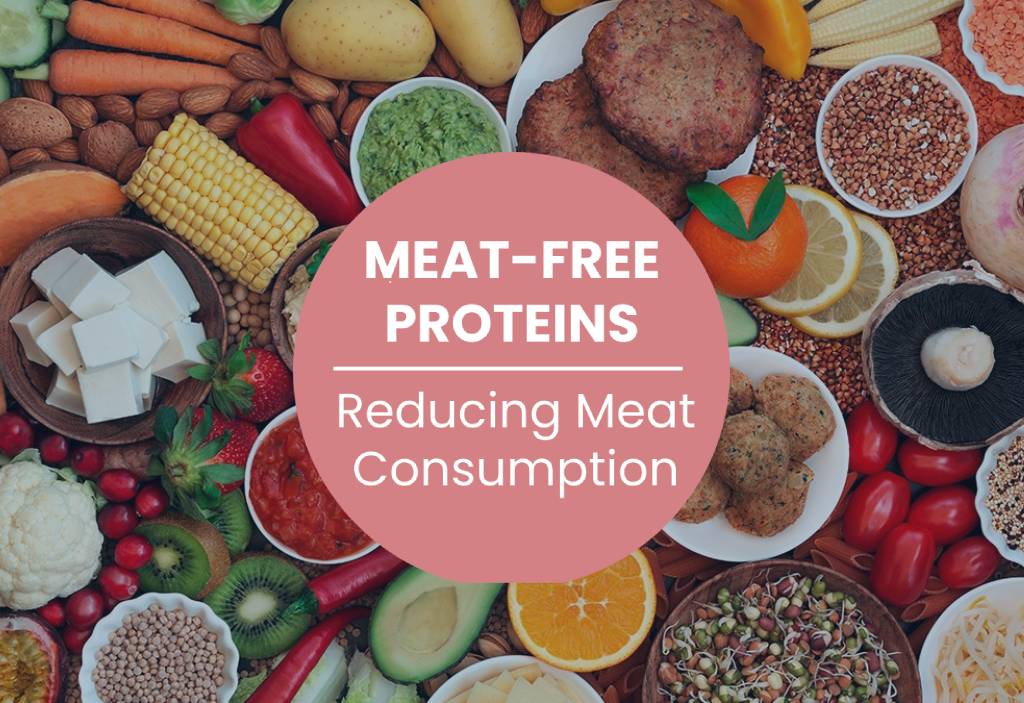
1. Reducing meat consumption
Reducing the amount of meat in your diet, especially red meat, is one of the most potent actions you can take to lower your climate impact.
With the Planetarian Diet, approximately half of your daily meals are vegetarian, which works out to about one portion of red meat and four portions of other meat per week, with a portion being roughly 1/3 lb (5.3 ounces or 150g). Although this slightly exceeds the Lancet recommendations, it is considered an ideal portion by many culinary professionals and represents a significant reduction compared to the average American diet.
Focus on adding plant-based and meat-free proteins to your diet each day, such as legumes, nuts, seeds, whole grains, fungi, tofu, tempeh, cheeses, seaweed, and even tasty insects, which are used in many traditional cuisines.
Why? Factory-farmed meat production contributes heavily to greenhouse gas emissions, accounting for 57% of total emissions associated with food production. It also contributes to widespread deforestation and loss of biodiversity, both significant drivers of climate change.
Studies have also shown that a high intake of red and processed meats is associated with an increased risk of developing various chronic diseases, including cardiovascular disease, type 2 diabetes, certain types of cancer (such as colorectal cancer), and obesity.
By embracing delicious and healthier plant-based alternatives to meat and incorporating more sustainable protein sources into your diet, you can significantly reduce your foodprint and risk of developing diet-related diseases. It’s a win-win!
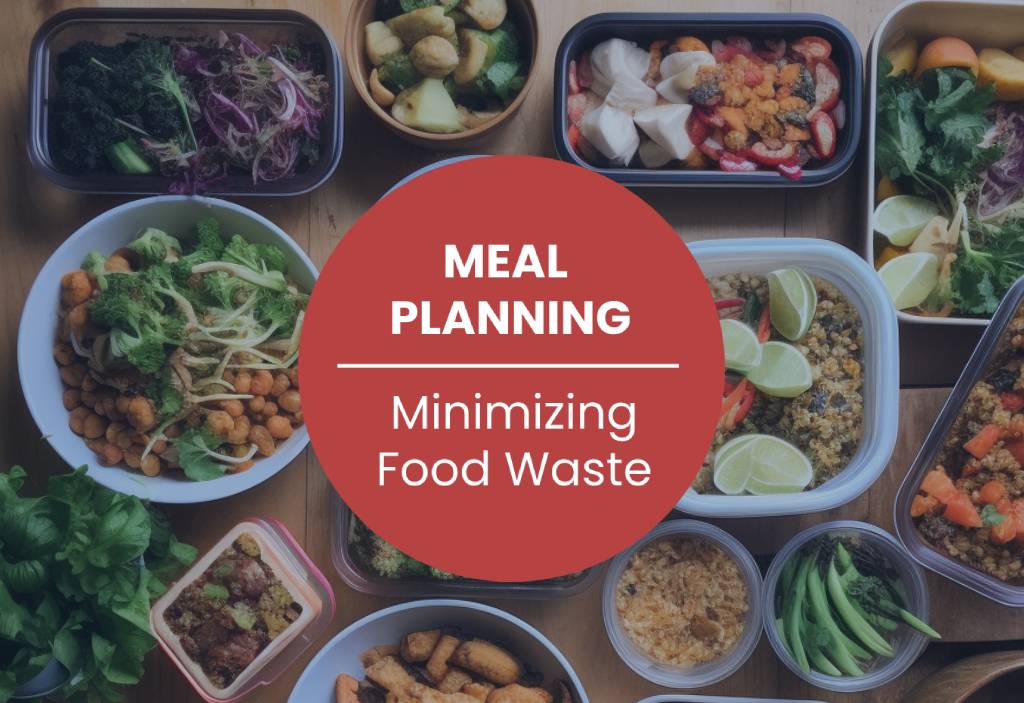
2. Minimizing food waste through meal planning
Nearly one-third of all the food we produce ends up in the trash, and decomposing food waste in landfills causes the release of methane, a greenhouse gas 25 times more potent than carbon dioxide at trapping heat in the atmosphere.
Factors within our food systems are the primary cause. Improper storage, extended transportation times, and overproduction are some of the issues contributing to this problem.
However, your personal consumption habits can also significantly impact food waste.
Weekly meal planning allows you to optimize your food purchases and save you time. By planning meals for the week, you can ensure you only buy what you need, reducing the likelihood of excess food ending up in the bin. Meal planning will also help diversify your diet, improving overall health.
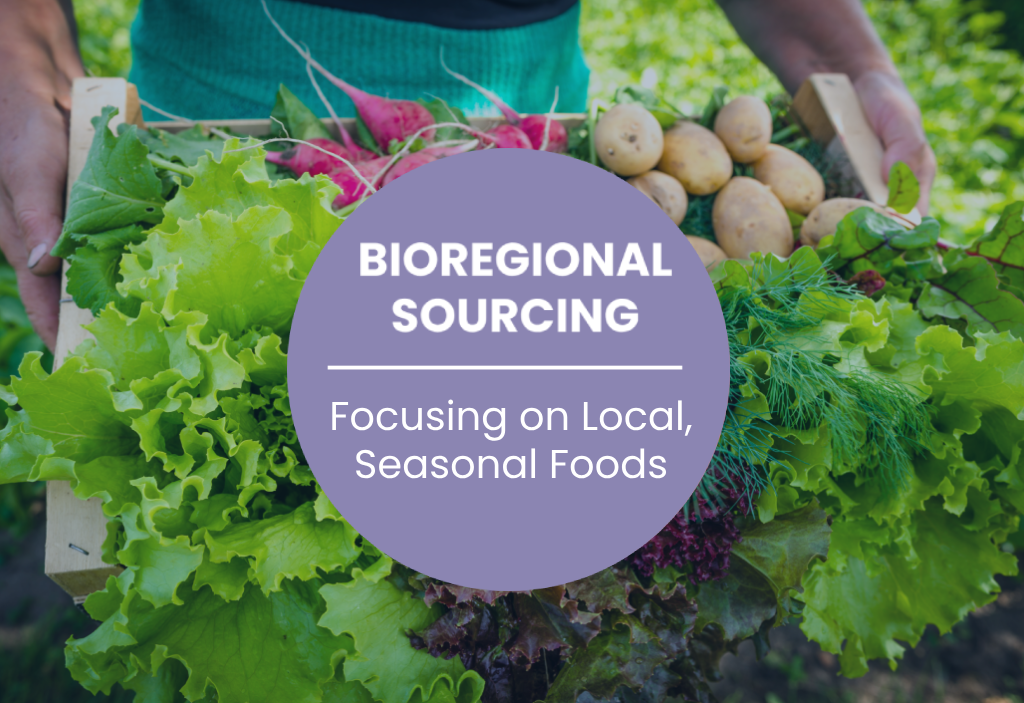
3. Bioregional Sourcing: Choosing local and seasonal foods
An essential component of the Planetarian Diet is choosing locally sourced and seasonal food options whenever possible. This approach can reduce the energy used in transporting food, often over vast distances. When planning your weekly menu, use the following list as guideposts.
- Local Sourcing: Try to incorporate foods grown or produced nearby, such as farmers' markets, community-supported agriculture (CSA) programs, food cooperatives, and local farms.
- Seasonal availability: Choosing foods that naturally grow and ripen during specific times of the year in your region can promote a deeper connection to nature's cycles while filling your diet with fresher, more flavorful, and more nutritious produce.
- Biocultural Diversity: We designed the Planetarian Diet as a flexible framework. The guidelines can easily adapt to many traditional diets so you can continue to savor the flavors and recipes that make your culture unique. Incorporate heirloom or Indigenous varieties of fruits, vegetables, and grains into your meal planning wherever possible.
- Explore Variety: Don’t be afraid to try new ingredients, explore unfamiliar foods, and experiment with recipes from various cultural backgrounds! Regularly incorporating new foods can enhance your culinary expertise, add excitement to your diet, and instill an appreciation for the remarkable variety found across our shared planet.
Embracing bioregional sourcing is a way to honor cultural diversity and support agricultural biodiversity. It bolsters local economies, nurtures community bonds, and contributes to the development of a resilient local food system. Most importantly, it can help establish a stronger connection to your bioregion.
Getting started: How to create your weekly meal plan and grocery list
Below is a sample one-week menu framework and shopping list for one person for reference. Remember to adjust the quantities based on your preferences (while remaining within the Planetarian guidelines), and please always be mindful of any dietary restrictions or allergies.
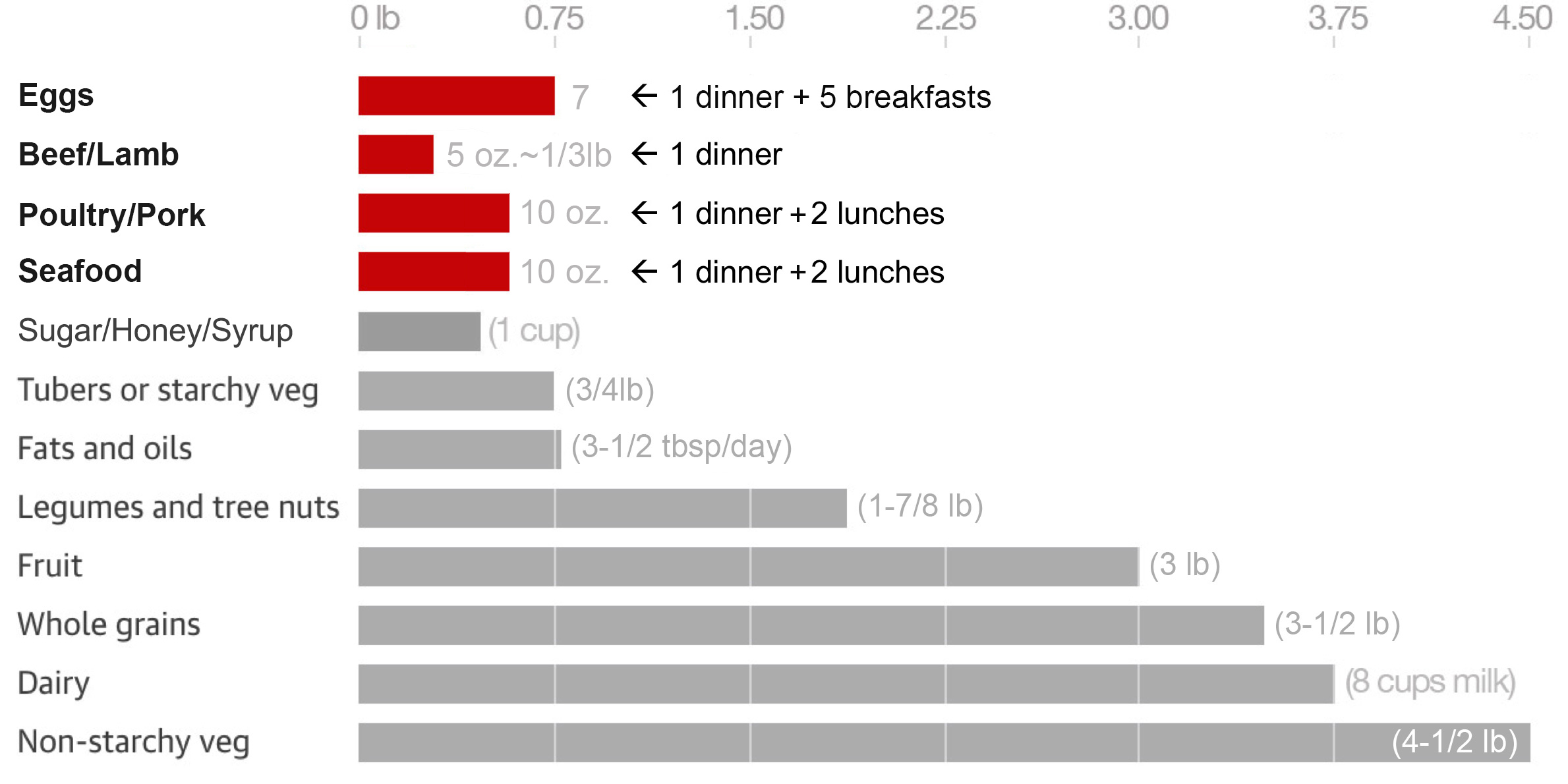
The path to a thriving future is on our plates
The Planetarian Diet is not merely another dietary trend but a powerful climate solution and a pathway towards a healthier relationship with our food. It allows us to take climate action daily, at every meal.
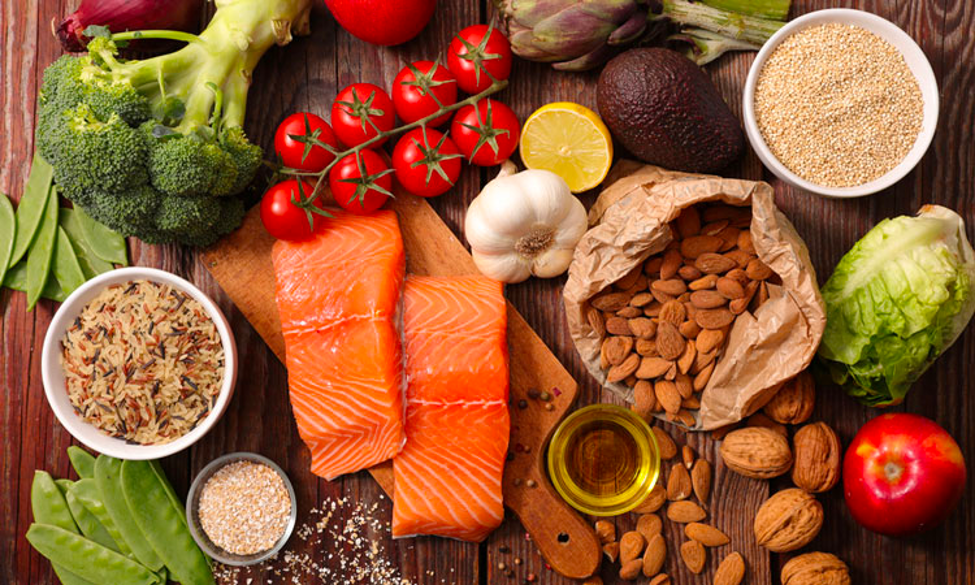
As a solution to climate change, the Planetarian Diet offers a highly adaptable framework that can be molded to different individual needs, cultural preferences, and regional availabilities. This is not about a single, globally uniform diet but rather a collection of diet approaches rooted in common principles that can lead to a healthier planet.
So, why not give it a try? Embrace the Planetarian Diet and enjoy knowing that every meal is a step towards a healthier you and a healthier planet.
From plate to planet, every bite counts.
Explore the Solutions




